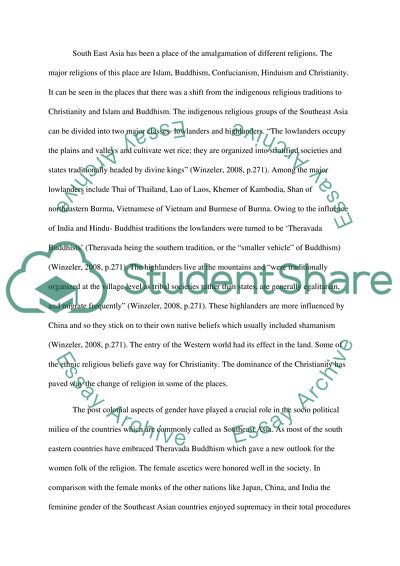Cite this document
(“Gender and Religion in South East Asia Term Paper”, n.d.)
Gender and Religion in South East Asia Term Paper. Retrieved from https://studentshare.org/anthropology/1434770-gender-and-religion-in-south-east-asia
Gender and Religion in South East Asia Term Paper. Retrieved from https://studentshare.org/anthropology/1434770-gender-and-religion-in-south-east-asia
(Gender and Religion in South East Asia Term Paper)
Gender and Religion in South East Asia Term Paper. https://studentshare.org/anthropology/1434770-gender-and-religion-in-south-east-asia.
Gender and Religion in South East Asia Term Paper. https://studentshare.org/anthropology/1434770-gender-and-religion-in-south-east-asia.
“Gender and Religion in South East Asia Term Paper”, n.d. https://studentshare.org/anthropology/1434770-gender-and-religion-in-south-east-asia.


